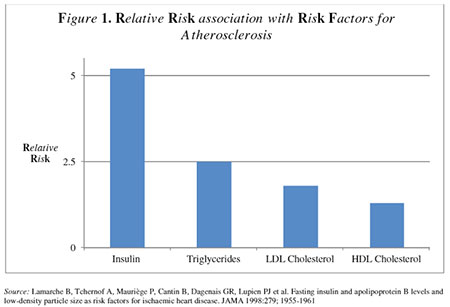Alcoholism in the Community
MPSA – TRICIA MICALLEF
T he misuse of alcohol resulted in 2.5 million years of potential life lost each year in the United States from 2006 – 2010.1 Consequences of alcohol misuse arise in the form of acute and chronic conditions, together with adverse social consequences and possible drunk-driving accidents. It, therefore, stands to question what health care professionals can do in order to reduce the above statistic. Firstly, we should act as role models and not partake in such activities of alcohol abuse in our free time. Additionally, we must educate our patients on the serious adverse effects that could result from alcoholism.
But how does one recognise alcoholic patients in the community?
Since the diagnosis of alcoholism depends on the drinker being willing to honestly answer a series of uncomfortable questions about his or her drinking habits, this can be a delicate situation, particularly because a common symptom of alcoholism is denial.
Essential points to consider when discussing alcoholism, be it with the patient themselves or their loved ones, include the importance of alcohol to the person, the amount of alcohol consumed and the frequency of hangovers and blackouts.
The use of alcohol as a mood enhancer or coping mechanism is common amongst alcoholics, as are promises on cutting down alcohol-intake, which remain unfulfilled. Tolerance to considerable amounts of alcohol with very few signs of intoxication particularly in conjunction with the compulsion to finish every drink, including others’ drinks should raise alarms.
It is imperative to note that many alcoholics can maintain the outward appearance of a normal life while drinking to excess, until a specific unfortunate life event occurs, such as being left by their partner. This must be kept in mind when determining the presence of alcoholic-tendencies in a patient.
Reference
1. Stahre M, Roeber J, Kanny D, Brewer RD, Zhang X. Contribution of excessive alcohol consumption to deaths and years of potential life lost in the United States. Prev Chronic Dis 2014;11:130293.


